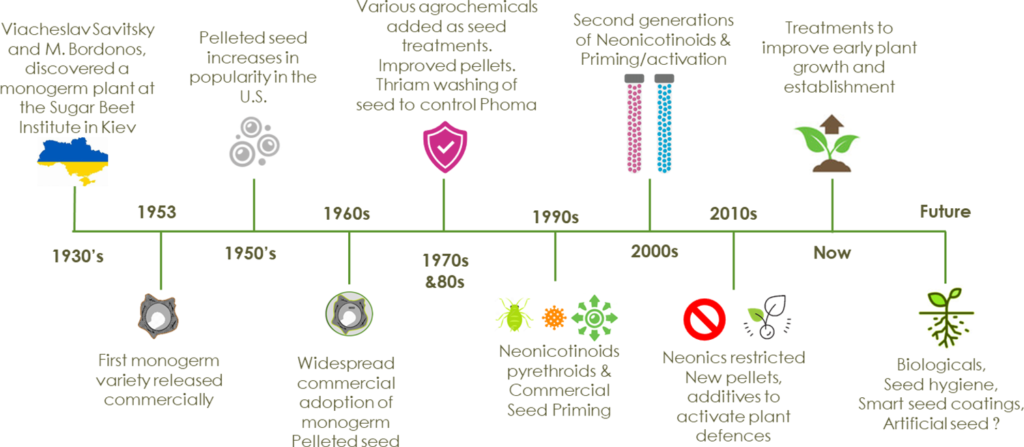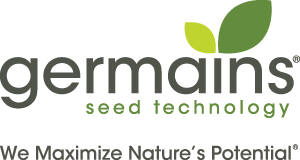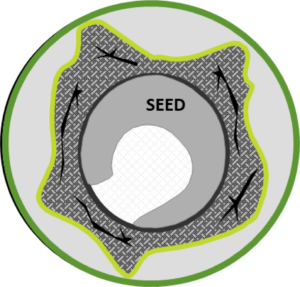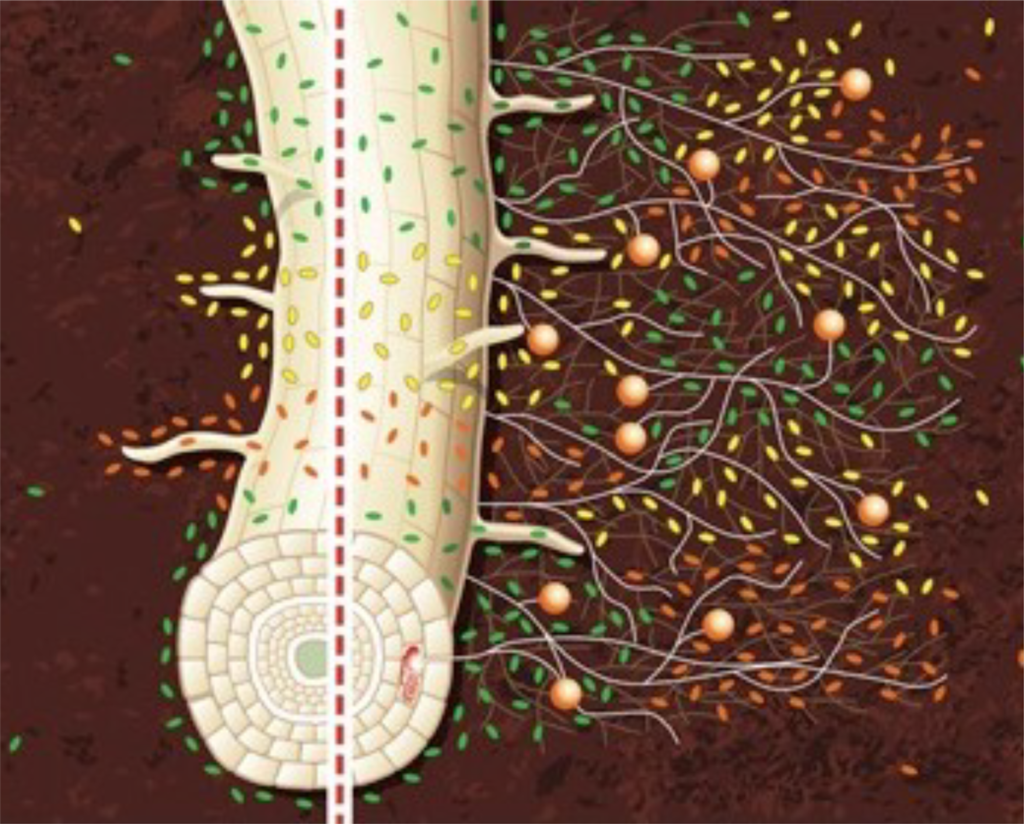The role of seed technologies in sugar beet growing past, present and future
The quest to improve seed quality.
The arrival of genetic monogerm seed made planting to a stand a more viable and cost effective alternative to planting multigerm and manual thinning or precision monogerm. However this stimulated the need to ensure each seed station has a healthy plant in it, as any missing plants would have an impact on yield. We know getting uniform germination and establishment in the field depends on many things, including the factors that affect preparation of a good seed bed and then precision planting of good quality seed. Having top quality seed is one of many factors that come together to give a good crop, and whilst there have been great developments in seed breeding and seed production; there are still some fundamental issues with sugar beet seed, were seed treatments can provide a solution.
Sugar beet seeds apart from being oddly shaped have a few other evolutionary attributes that are undesirable in modern agriculture:
- Variability in seed size
- Germination inhibitors in the seed pericarp, whilst useful in improving survival in the wild, reduce germination uniformity
- Pericarp can harbour disease causing microbes
- Slow to germinate and grow in cool spring conditions, this means they are vulnerable as young plants
- Bolting if exposed to cool conditions for extended periods
Various treatments have been developed over the years to improve seed quality, early plant growth and protect the young plants.

Fig 1. Time-line of major seed technology developments for sugar beet
Types of treatment
Several major innovations in seed technology followed the introduction of pelleted seed, which helped to protect seed and plants from pests and diseases and improve the germination and field emergence. Primed seeds first appeared commercially in the UK at the same time as the first Neonicotinoid seed treatments and helped off-set some of the slowing in germination caused by the high rates of active ingredient. Since then other improved seed enhancement technologies have been developed for commercial use around the world, giving faster and more uniform establishment and leading to higher yields, in some cases 6-9% increases over pelleted seed without the treatment.
Future
Fast germination and seedling growth will be even more important in variable conditions and with fewer tools to protect the seedling. Technologies such as priming can continue to benefit the crop by getting the seed away to a fast and uniform start.
In addition to providing a uniform size and shape, coatings will continue to offer a useful route for beneficial materials to reach the seedling in the field ,especially products destined to work in or be taken up from the rhizosphere. In the past this was mainly agrochemicals, now materials such as targeted nutrients and/or bio- stimulants; including living bio-stimulants can be incorporated. This places them where they are needed so they can start delivering their benefit as soon as the seed is planted. If this could be combined with slow release technologies larger amounts of nutrients could be placed on the seed, possibly reducing the need for other inputs. Healthier stronger plants would be more tolerant of abiotic and biotic stresses.
Conclusion
Seed technology can continue to improve the chances of establishing a high yielding and healthy crop. The future challenges are similar to the past, but the solutions need to be both greener and more sustainable. We are going to have to use less harmful agrochemicals and work with the natural systems to optimise seed performance for a more variable environment.


